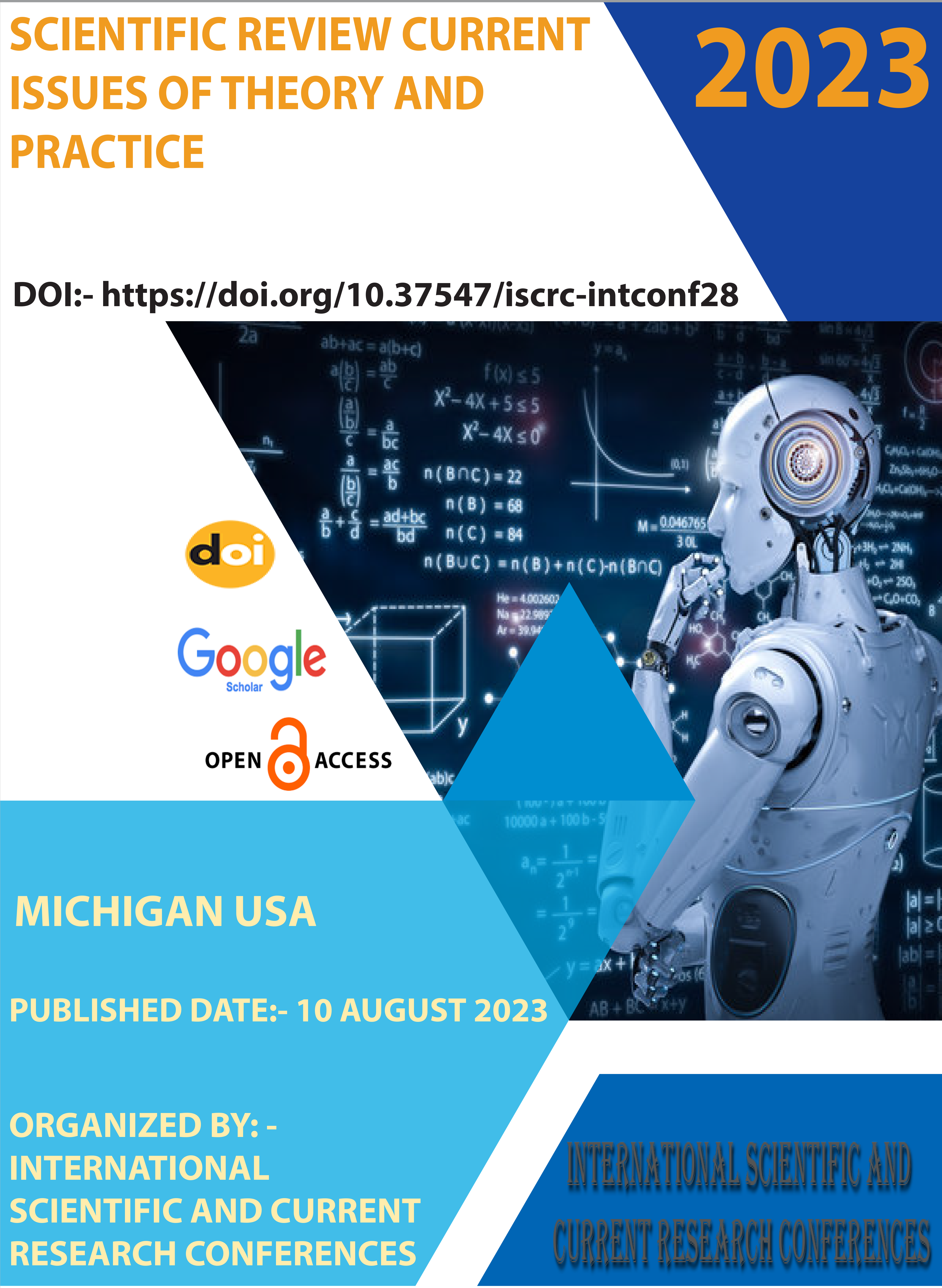AWARENESS AND ACCESS TO ASSISTIVE TECHNOLOGY AMONG STUDENTS WITH DISABILITIES: EVIDENCE FROM A SPECIAL SCHOOL
Keywords:
Assistive technology, Students with disabilities, Special schoolAbstract
This study examines the awareness and access to assistive technology among students with disabilities in a special school setting. Assistive technology plays a crucial role in enhancing the functional abilities and educational outcomes of students with disabilities. The study aims to assess the level of awareness among students, parents, and teachers regarding assistive technology, as well as the extent of access to these technologies within the special school. Data were collected through surveys and interviews with students, parents, and teachers. The findings reveal variations in awareness levels among different stakeholder groups, with students having the highest level of awareness. However, despite the awareness, access to assistive technology remains limited, mainly due to financial constraints and inadequate availability of resources. The study highlights the need for increased awareness and improved access to assistive technology for students with disabilities, and provides insights for developing inclusive education practices.
Downloads
References
Albrecht G, Seelman K, Bury M. Handbook of Disability Studies. London, Sage, 2001, 125-131. DOI: http://dx.doi.org/10.4135/9781412976251
Alkahtani, K. (2013). Teachers’ Knowledge and Use of Assistive Technology for Students with Special Educational Needs. Journal of Studies in Education, 3(2), 65-86. https://doi.org/10.5296/jse.v3i2.3424
Blackhurst, A. E. (2005). Historical perspective about technology applications for people with disabilities. Edyburn, D., Higgins, K., and Boone, R. (eds.) Handbook of Special Education Technology Research and Practice, pp 3–29. Whitefish Bay, WI: Knowledge by Design
Boot, F.H., Ghosh, R., Dinsmore, J.G. and MacLachLan, M., 2021. Views and Experiences of People with Intellectual Disabilities to Improve Access to Assistive Technology: Perspectives from India. Disability, CBR & Inclusive Development, 31(4), pp.40–65. DOI: http://doi.org/10.47985/dcidj.423
Borg, J., Ekman, B.O., & Östergren, P-O. (2017). Is centrebased provision of hearing aids better than community-based provision? A cluster-randomized trial among adolescents in Bangladesh. Disability and Rehabilitation: Assistive Technology.
Ghosh, Ritu. & Raman, Lakshmi. (2019). Mobility India. Proceedings of the National Conference of Assistive Technology for All 2030, Bengaluru, India. http://mobility-india.org/wp-content/uploads/2020/01/National-Conference-on- Assistive-Technology-for-All-2030-Proceedings.pdf
Government of India (2015). Sustainable Development Goals. National Indicator Framework Baseline Report.
http://mospi.nic.in/sites/default/files/publication_reports/SDG_Baseline_report_4.3.2019_0. pdf [Accessed on 15 Nov2020]
Downloads
Published
How to Cite
Issue
Section
License
Copyright (c) 2023 Ravindra Kumar Parhi

This work is licensed under a Creative Commons Attribution 4.0 International License.
The content published on the International Scientific and Current Research Conferences platform, including conference papers, abstracts, and presentations, is made available under an open-access model. Users are free to access, share, and distribute this content, provided that proper attribution is given to the original authors and the source.






